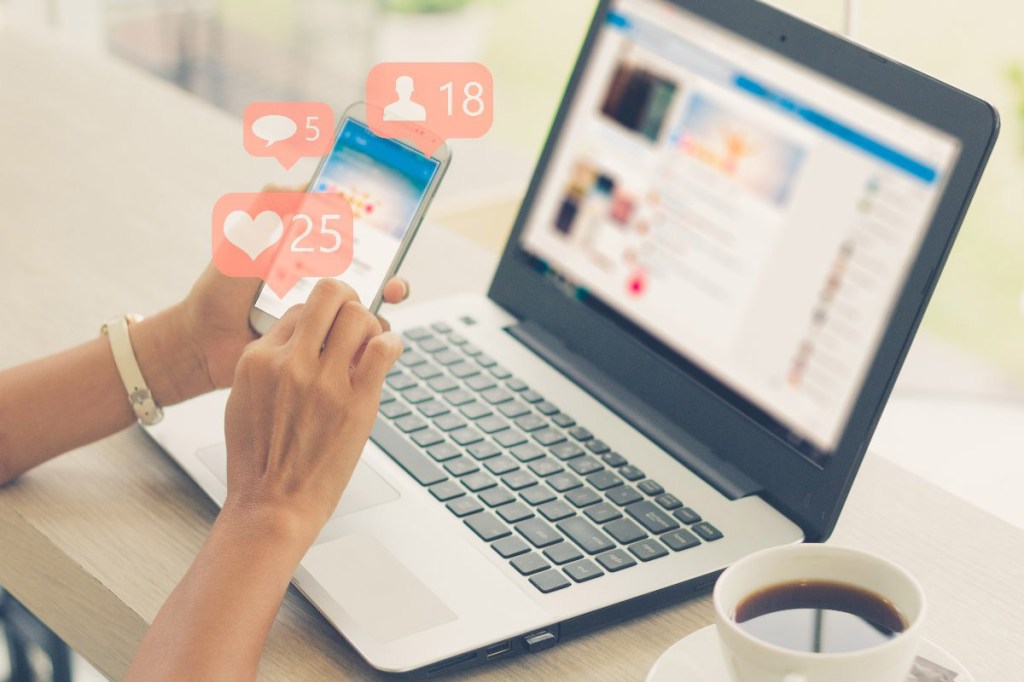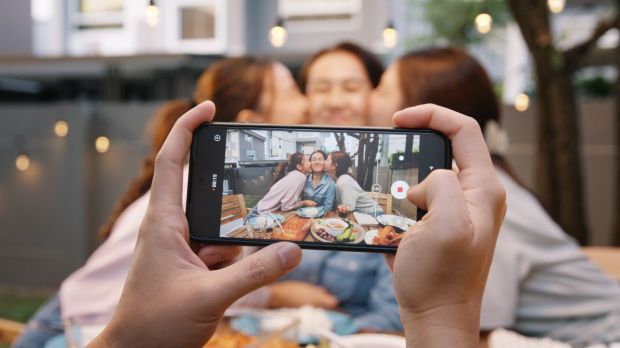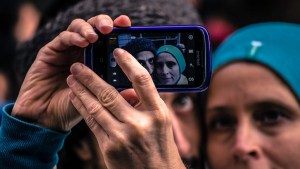Social media allows us to be closer to those who are far away and even to immerse ourselves in the lives of celebrities or people we admire and follow on all the varied platforms.
It applies equally to those of us who are not famous; by sharing our lives with our online contacts, we make information about ourselves available to a more or less broad public. This is where the private sphere breaks down to give way to the public sphere. The thin line between the two is broken and our private life, as well as that of our friends, begins to be a spectacle for others.
Ana Serrano is a researcher on the use of social networks. She says that the platforms that predominate — at least among young people — are TikTok and Instagram. Regarding the behavior of the users of these networks, which have a “fundamentally visual architecture,” she points out, “They expose to the public, with increasing rawness, aspects of their lives which in other historical moments were considered of the private sphere.”
We share more than we should, making others aware of our daily routines, the details of our home, the members of our family, and everything that can be shown in a photo, video, or live stream. Not only is this a security risk, but this behavior, when normalized, makes us feel as if our life doesn’t exist if we aren’t on social networks.
What you share on social networks does not belong to you anymore
Once you share something on a platform, you lose control and many of your rights over that material. It may be circulating in many parts of the world and you don’t know who that content may reach or how it may affect you.
You can delete the content from your profile, but if someone else saved the photo or video you uploaded, you can no longer remove it completely. Therefore, it’s vitally important that, before posting something, we be convinced that it cannot harm ourselves or a third party.

So, before posting, we need to ask ourselves this question: Do the benefits of posting this information outweigh the risks?
Avoid sharing your location
Research conducted by computer security company Kaspersky Lab in 2017 revealed that 87% of social media users share videos and photos of their travels. This makes it very easy for malicious actors to track them if they are looking to commit illegal acts, such as burglarizing their home when they’re away.
It’s shocking how much information someone can deduce from a single photograph. As an example of this, we can cite Josemonkey. He’s a TikTok user who has become popular because he investigates where in the world his followers are located, based solely on a video or a single photo they send him, asking him to guess their location.
All this work is done in a matter of minutes, or maybe hours, based on an analysis of every detail that appears in the photo or video. He only does it upon request, for entertainment. However, there are others who dedicate themselves to this task of tracking and finding the exact location of a person using their presence in networks for less innocent purposes.
Some practical recommendations
Josemonkey and other users or foundations have recommended not to share content about:
- Places you visit regularly and in whose company you do so
- Photographs and names of your children, as this exposes them more easily
- Personal information such as legal documents, address, place of work, schedules, etc.
Remember that your family and the activities you do with them belong to you and to them, so make sure you have their consent before sharing their photos.
You can also review your privacy settings and only accept as friends or followers those you know in real life.
Also, remember that it’s not necessary to share something at the exact moment it happens. Besides allowing you to enjoy the present moment more, if you wait to post later you will prevent others (who may not have good intentions) from knowing exactly where you are in a particular moment.



